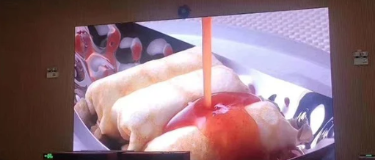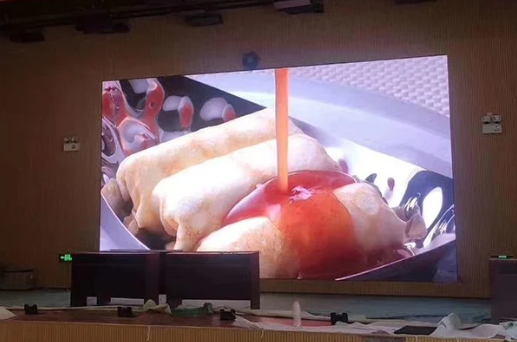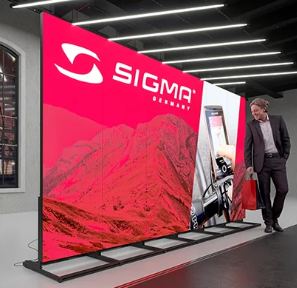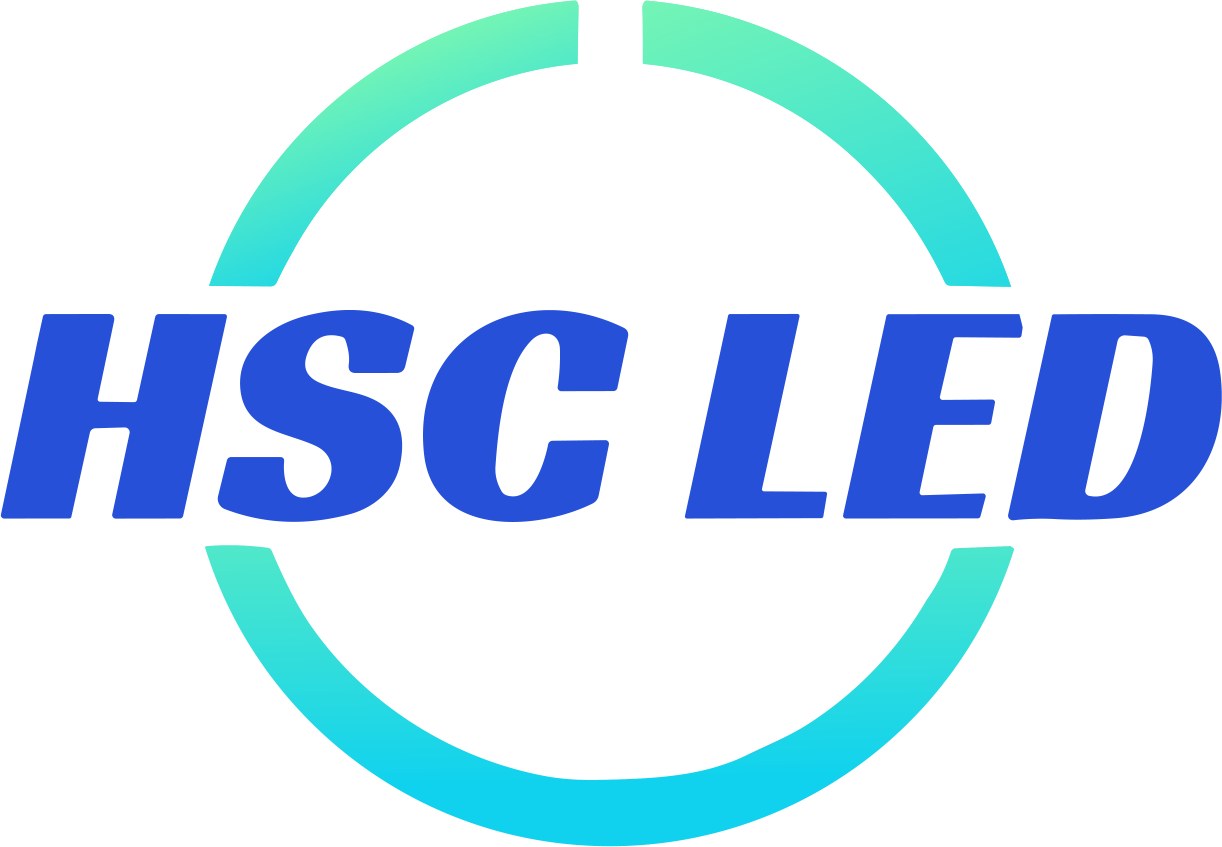News
Site Editor
 Site
https://hscled.cn08.wondercdn.com/uploads/image/68931a3c33409.png
In this article, we will introduce several encapsulation techniques that are used in small-pitch displays and provide an overview of their manufacturing process.
Site
https://hscled.cn08.wondercdn.com/uploads/image/68931a3c33409.png
In this article, we will introduce several encapsulation techniques that are used in small-pitch displays and provide an overview of their manufacturing process.
Encapsulation Techniques for Indoor Small-Pitch LED Displays
Views: 3018
Author: Site Editor
Publish Time: 2023-05-31
Origin: Site
Introduction to Encapsulation Techniques in Small-Pitch LED Displays
Small-pitch LED displays are becoming increasingly popular due to their ability to provide clearer and softer images, making them more comfortable for extended viewing. These displays are commonly used in special areas such as command centers, conference rooms, and transportation centers. In this article, we will introduce several encapsulation techniques that are used in small-pitch LED displays and provide an overview of their manufacturing process.
Understanding Surface-Mount Technology (SMT) for LED Display Encapsulation
One of the most common encapsulation technologies used in small-pitch LED displays is Surface-Mount Technology (SMT). SMT involves soldering one or multiple LED chips onto a metal bracket with a plastic "cup" frame. The external leads of the bracket are connected to the p and n levels of the LED chip, and liquid epoxy resin is then welded inside the plastic frame.

Integrated Multi-Diode (IMD) Packaging Technology: Advantages and Future Developments
Another technology used in small-pitch LED displays is Integrated Multi-Diode (IMD) Packaging Technology. This technology is based on the inheritance of SMT and involves encapsulating four pixels in a single structure. The IMD technology resolves issues such as ink color branching, seams, light leakage, and maintenance. It features high luminous intensity, high integration, easy maintenance, and low cost. Currently, the "four-in-one" mini LED module uses positive chip packaging, but plans for packaging solutions ranging from "six-in-one" to "n-in-one" will be announced in the future.
Chip-on-Board (COB) Encapsulation Technology: Pros and Cons
Chip-on-Board (COB) Encapsulation Technology is another popular technique used in small-pitch LED displays. COB encapsulation technology involves bonding bare chips onto a wiring substrate using conductive or non-conductive adhesives. Electrical connections are then completed by stopping wire bonding. COB encapsulation adopts integrated packaging technology and omits individual LED devices, which makes it suitable for small-pitch displays. However, the pitch distance may sometimes be reduced, increasing the difficulty of processing technology, lowering product yield and increasing production costs.

Tips for Selecting the Right Encapsulation Method When Purchasing Indoor LED Displays
When purchasing indoor LED displays, buyers should carefully distinguish between different encapsulation methods. Some encapsulation technologies have high technical difficulty, so only a few manufacturers have complete packaging processes. If you need to purchase an indoor LED display, you can consult HSC LED for detailed solutions. The company has strong R&D capabilities and production processes, as well as numerous successful cooperation cases, winning unanimous recognition from customers.
In conclusion, small-pitch LED displays offer several benefits over conventional LED screens. Encapsulation techniques such as SMT, IMD, and COB are commonly used in small-pitch displays. These encapsulation methods have their own advantages and disadvantages, and careful consideration should be taken when selecting the most appropriate technology for your needs.










